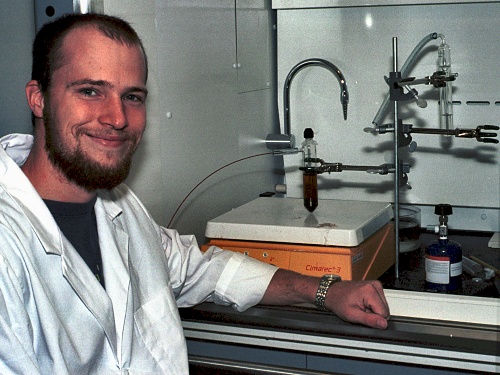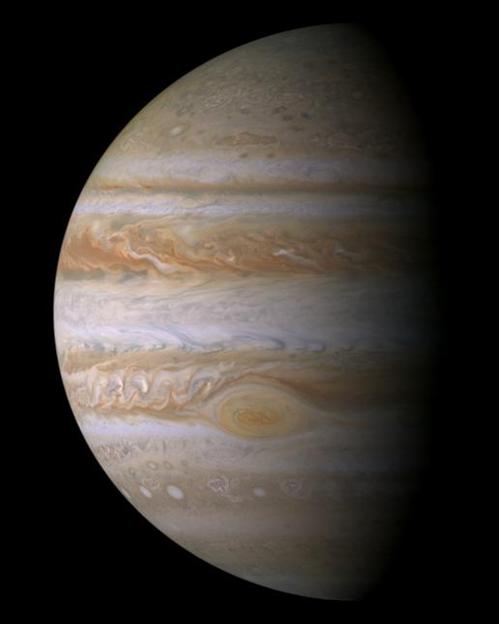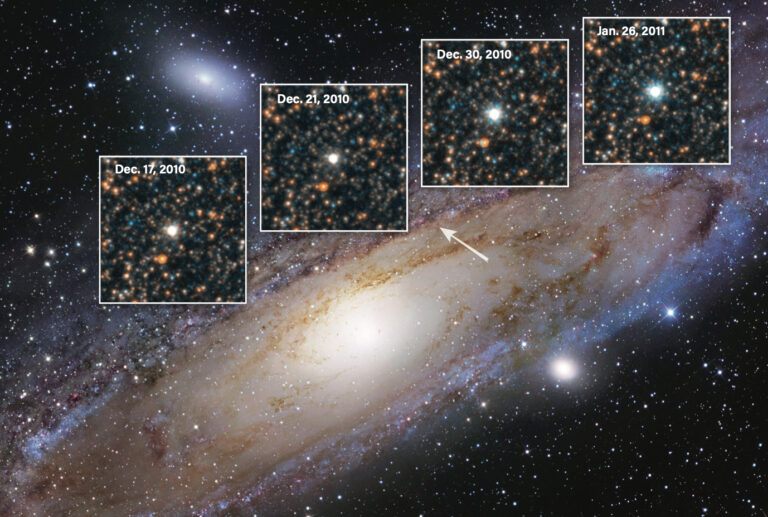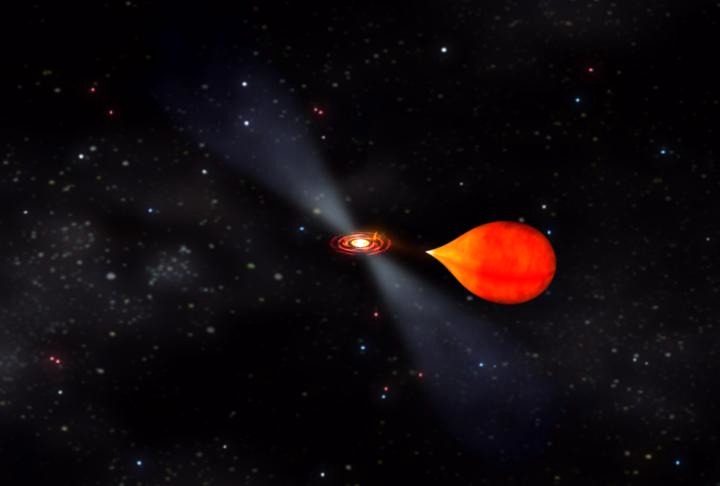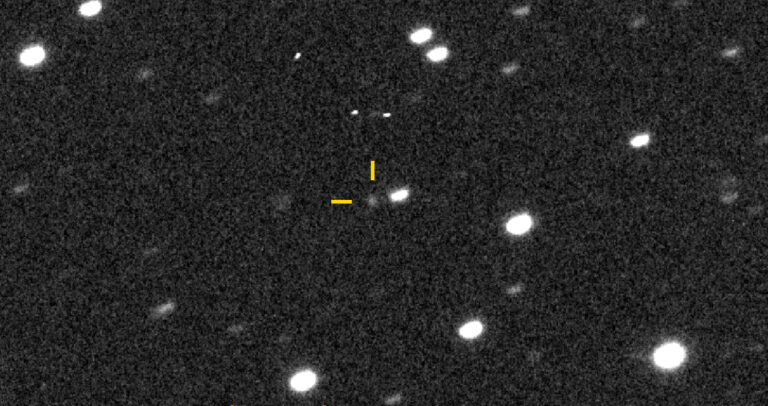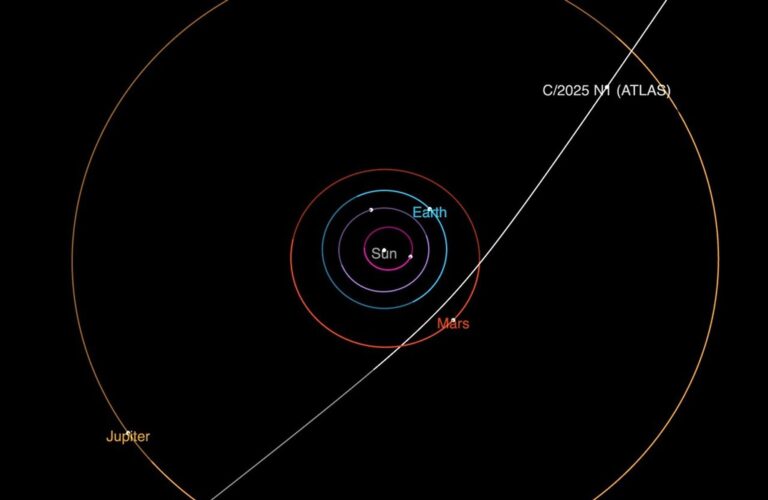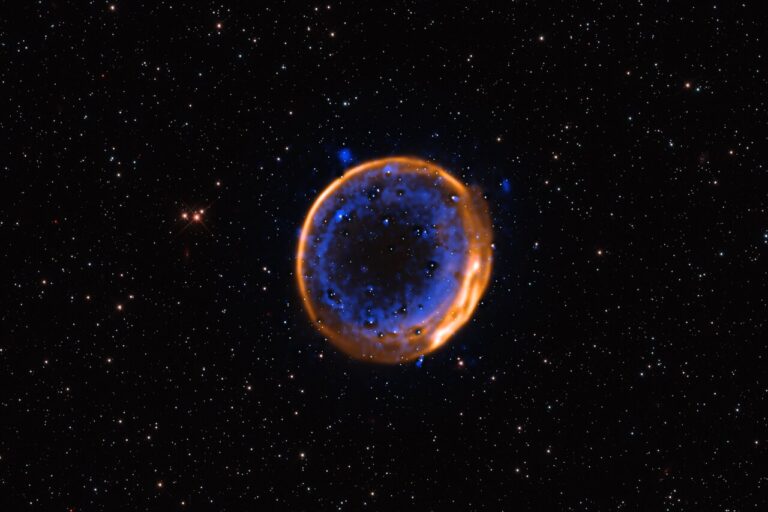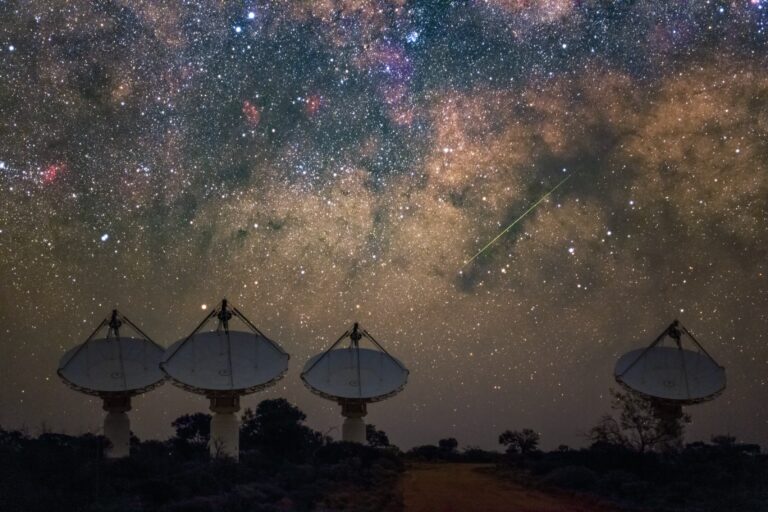Key Takeaways:
Phosphorus plays a central role for life on Earth. It is an intimate part of life’s architecture, contained in the salts that stiffen vertebrate bones and in phospholipids that form the walls of all living cells. It is linked to life’s fundamental fuel, adenosine triphosphate (ATP), the energy storehouse that powers just about every physiological action. Even the lengthy genetic sequences of DNA and RNA — the blueprints for life itself — lie cradled within the twisting embrace of a pair of helical backbones built from phosphorus.
Yet for all its biological importance, the element is in remarkably short supply on Earth. According to recent studies, hydrogen atoms outnumber phosphorus atoms by 49 million to 1 in Earth’s oceans, 2.8 million to 1 in the universe at large, and 203 to 1 in bacteria. Phosphorus fares a little better with oxygen atoms, which outnumber it by 25 million to 1 in the oceans, 1,400 to 1 in the cosmos, and 72 to 1 in bacteria. For every atom of phosphorus counted in such a census, carbon and nitrogen atoms appear, respectively, 974 and 633 times more often in the oceans, 680 and 230 times more frequently in the universe, and in numbers 116 and 15 times greater in bacteria.
So where did Earth’s phosphorus come from?
“Because phosphorus is much rarer in the environment than in life, understanding the behavior of phosphorus on the early Earth gives clues to life’s orgin,” said Matthew Pasek, a doctoral candidate at the University of Arizona’s Lunar and Planetary Laboratory. Working with Dante Lauretta, assistant professor of planetary sciences at the university, Pasek argues that iron meteorites could have brought more phosphorus to Earth than occurs naturally. He presented his ideas at the 228th American Chemical Society national meeting in Philadelphia on Tuesday.
The most common terrestrial form of phosphorus is a mineral called apatite. When mixed with water, apatite releases only very small amounts of phosphate, the oxidized form in which phosphorus naturally is found. Scientists have tried heating apatite to high temperatures, combining it with various strange, super-energetic compounds.
“These experiments tended to use chemicals that were probably uncommon on the early Earth, so it’s unclear how applicable they are to geochemical systems,” Pasek told Astronomy. “It’s more intuitive to use simpler and more common compounds, such as those found in meteorites.”
Lauretta conducted experiments showing that metal surfaces corroded in the early solar system in a way that concentrated phosphorus on them. “This natural mechanism of phosphorus concentration in the presence of . . . iron-based metal . . . made me think that . . . corrosion of meteoritic minerals could lead to the formation of important phosphorus-bearing biomolecules,” he explained.
Inspired by these experiments, Pasek and Lauretta began looking at meteorites as a possible source of the element. Meteorites contain several different phosphorus-bearing minerals, but the most important, said Pasek, is iron-nickel phosphide, also known as schreibersite. This metallic compound is extremely rare on Earth, but iron meteorites are peppered with schreibersite grains or even pinkish-colored veins of the mineral. Iron meteorites became the focus of the study because schreibersite is between 10 and 100 times more common in iron meteorites than other types.
Last April, Pasek, Lauretta, and undergraduate student Virginia Smith, mixed schriebersite with de-ionized water at room temperature. They then analyzed the liquid mixture using nuclear magnetic resonance. “We saw a whole slew of different phosphorus compounds being formed,” Pasek said. “One of the most interesting ones we found was P2O7, one of the more biochemically useful forms of phosphate, similar to what’s found in ATP.” The analysis revealed numerous phosphate salts in different states of oxidation, Pasek told Astronomy.
Previous experiments have formed P2O7, or pyrophosphate, but at high temperature or under other extreme conditions. “This allows us to somewhat constrain where the origins of life may have occurred,” Pasek said. “If you are going to have phosphate-based life, it likely would have had to occur near a freshwater region where a meteorite had recently fallen. We can go so far, maybe, as to say it was an iron meteorite.”
Meteorites were critical for the evolution of life, argues Pasek, because of minerals like pyrophosphate, which is used in ATP, in photosynthesis, in forming new phosphate bonds with carbon-bearing compounds, and in a variety of other biochemical processes.
“I think one of the most exciting aspects of this discovery is the fact that iron meteorites form by the process of planetesimal differentiation,” Lauretta noted. The building blocks of planets, called planestesimals, form both a metallic core and a silicate mantle. Iron meteorites come from the metallic core, and other types of meteorites, called achondrites, represent the rocky mantle. Today’s asteroids are what remains of our solar system’s population of planetesimals.
The second requirement, say Pasek and Lauretta, is a mechanism to break up these bodies and deliver them to the inner solar system. Today, Jupiter’s gravity perturbs asteroids from stable orbits, herding them toward the inner solar system — and Earth — and also causing them to collide with one another, creating meteorites.
If this scenario is correct, Lauretta argues, then the reactive forms of phosphorus needed by biological molecules — and so essential to terrestrial life — were denied to planets and moons of the outer solar system, limiting the prospects for life there. Likewise, he said, life is less probable in solar systems without a Jupiter-size world able to perturb mineral-rich asteroids toward rocky planets closer to their suns.

